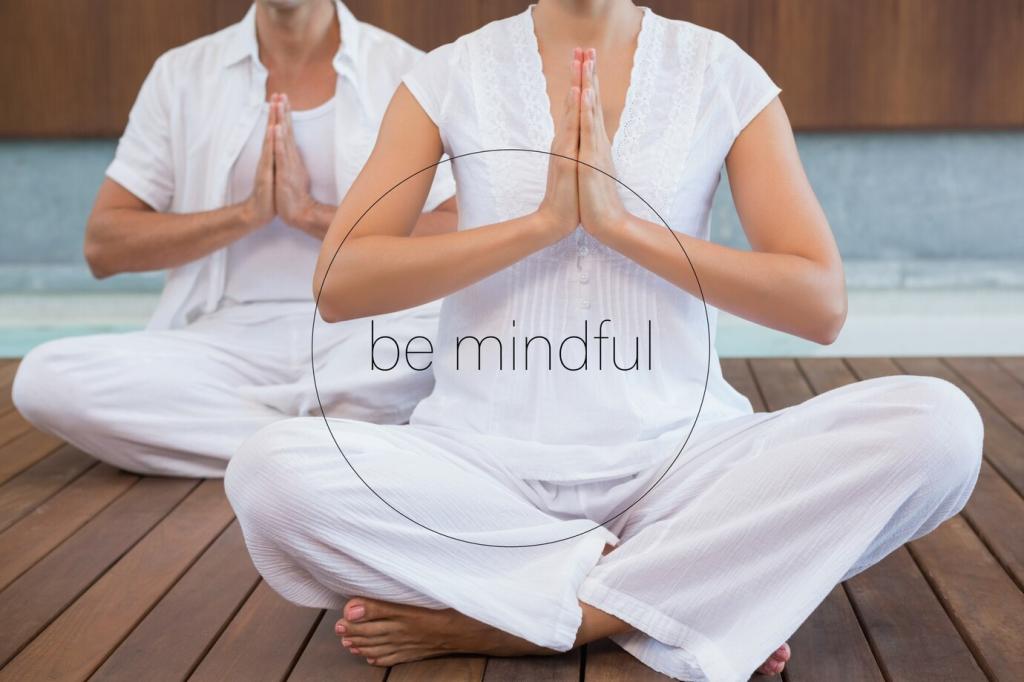Getting Started: An Art-Therapeutic Home Audit
Walk slowly and note sights, sounds, scents, textures, and temperature. Which stimuli restore you, which overstimulate? Keep a short log for a week to observe recurring patterns. Your map becomes a compassionate guide for choosing art that nourishes without overwhelming your senses.
Getting Started: An Art-Therapeutic Home Audit
Cables, clutter piles, harsh glares, or echoing corners often amplify unease. Conversely, a plant by the window, a warm lamp pool, or a treasured print may soothe instantly. Mark triggers with sticky notes; design responses with art placement, color blocks, and tactile layers.








